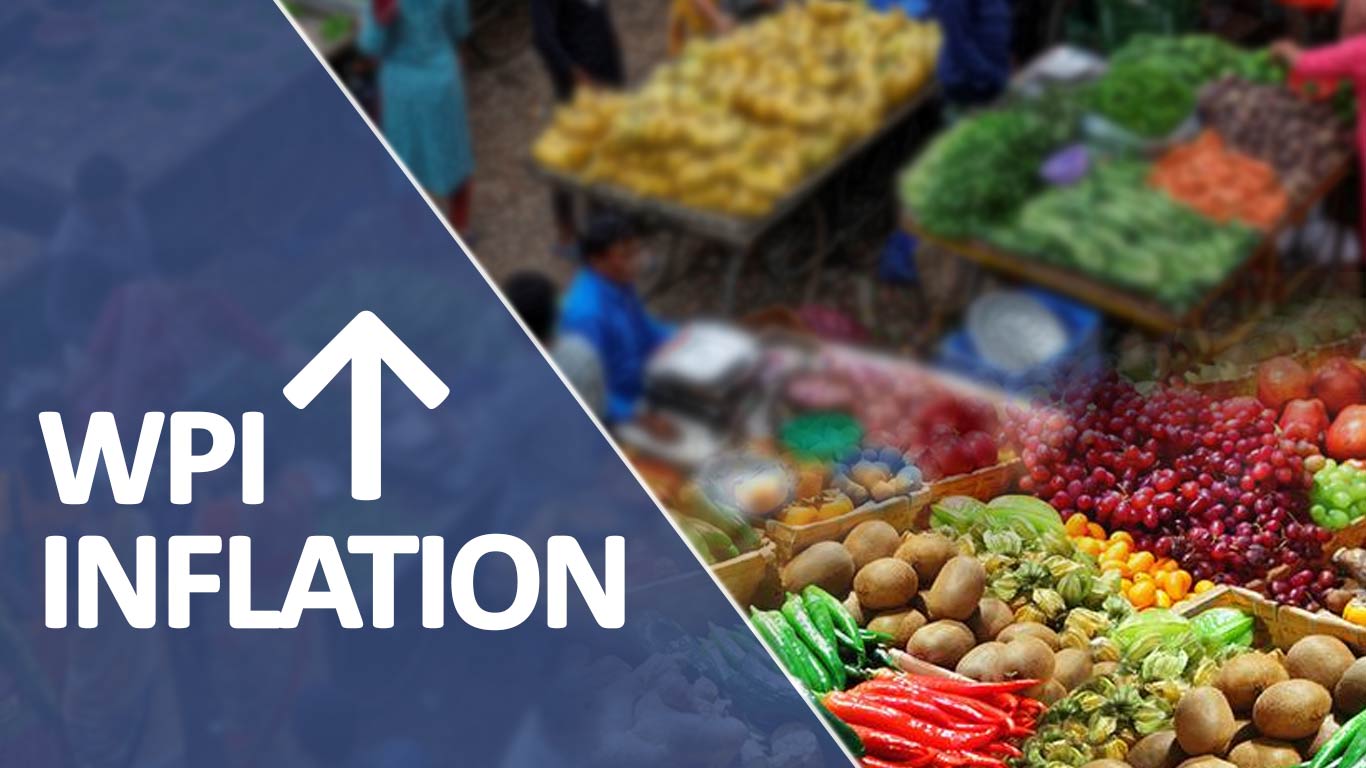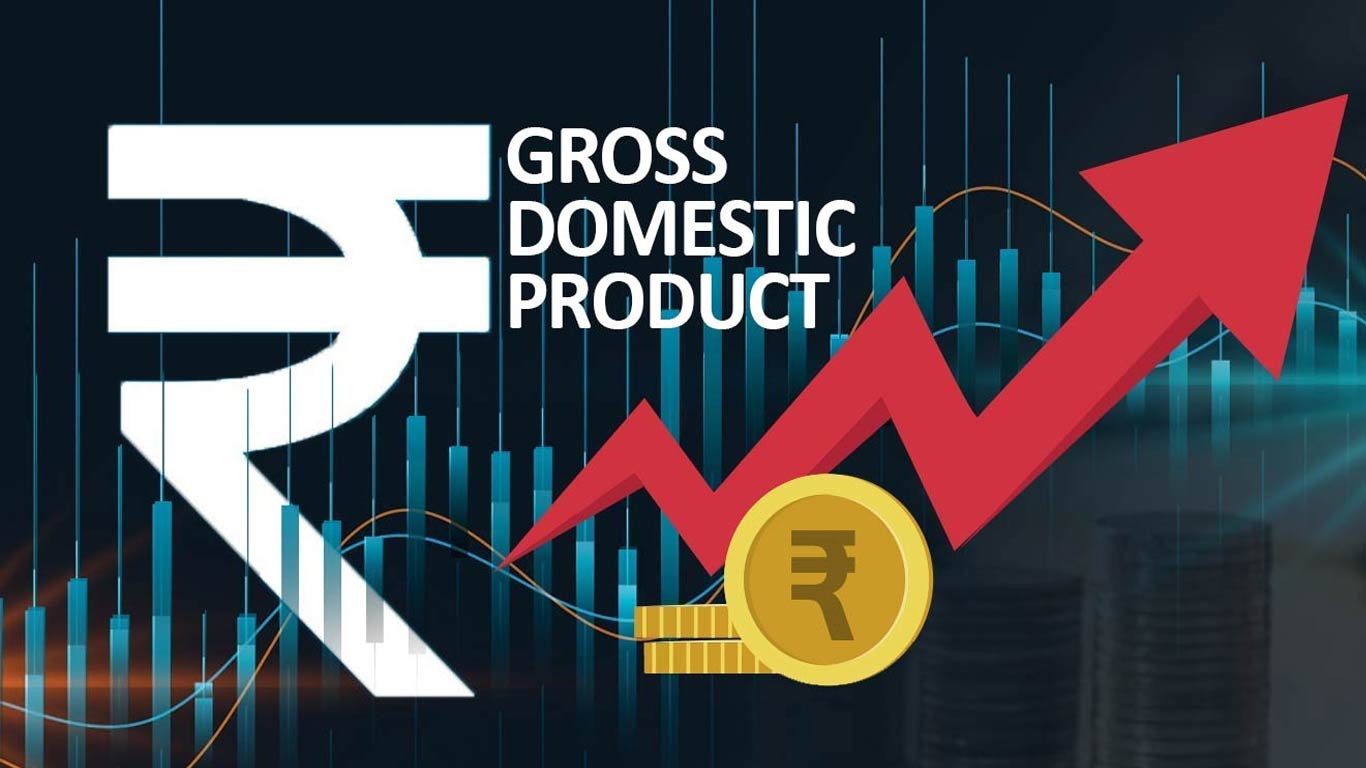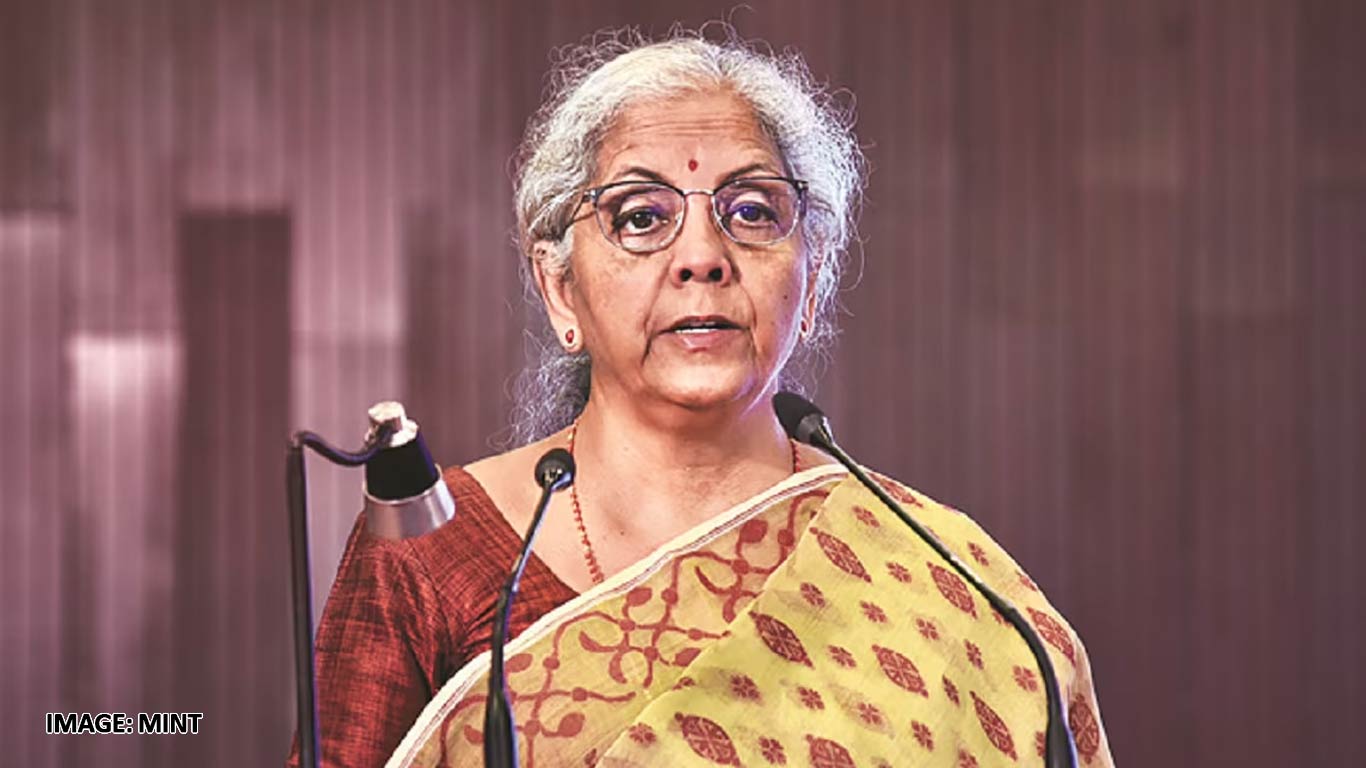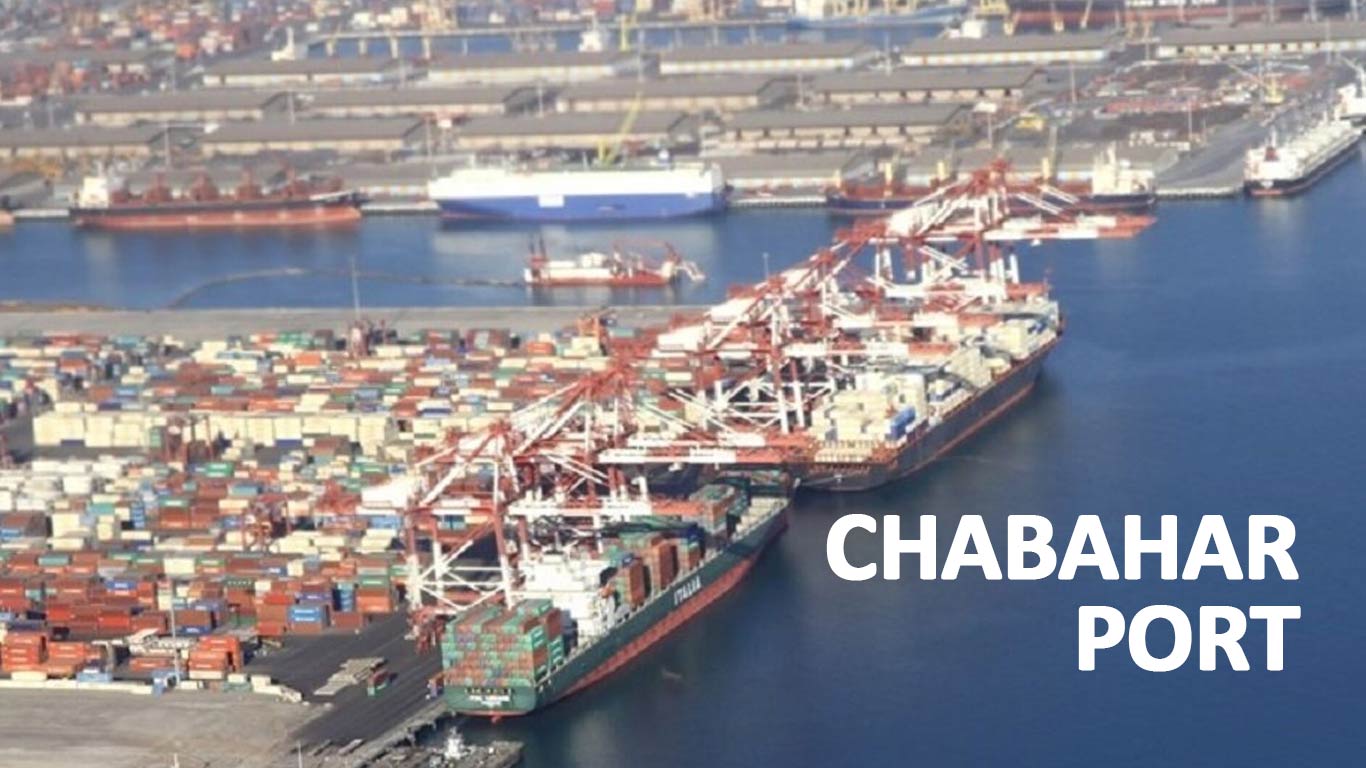The not-so good Financial Ecosystem of MSMEs
Updated: Jun 03, 2016 07:27:26am

The not-so good Financial Ecosystem of MSMEs
New Delhi, June 3 (KNN) The latest RBI data on credit lending shows dismal figures for the MSMEs, as the sectoral deployment of bank credit by the banks to the Micro, Small and Medium Enterprises (MSME) sector has been consistently declining.
As per the latest report, during the period April 18, 2014 to April 17, 2015, the deployment was 5.9% which plunged to -2.5% during March 18, 2016 to April 29, 2016 period.
MSMEs contribute 45% of the total industrial output, hence becoming a crucial part of our economy. They also contribute to 40% of the country’s total exports, employ about 60 million people and create 1.3 million jobs every year.
According to a report by the International Finance Corporation (IFC), the total financing demand gap in the SME sector is of Rs 2.93 trillion.
MSMEs in developing countries face an estimated financing gap of $2.1 to $2.6 trillion, which is equivalent to 30 to 36 percent of current outstanding MSME credit, the report highlighted.
“More than 90 percent of the unserved and underserved enterprises are formal micro enterprises or informal MSMEs. With this challenge, an opportunity arises for both policy makers and the private sector to intervene at various levels to try to encourage better banking services, higher deposit rates, and greater accessibility of capital for MSMEs,” added the report released in.
The dip in credit lending to these sectors could be attributed to various infrastructural bottlenecks and tightening of credit by banks to reduce their NPAs. MSMEs have huge potential to grow but one of the major obstacles is that they have traditionally been facing constraints of lack of adequate and timely finance.
Talking to KNN, Akash Jindal, eminent researcher also highlights the same issues, “Credit is not easily available to MSMEs due to the issue of NPAs. Banks like MUDRA are essential for reduction of these bottlenecks but fund availability becomes difficult for MSMEs primarily if they need it for working capital or to setup new units. Setting up of Development Banks that solely finance MSMEs will be very much essential.”
Moreover, lack of atmosphere has also led to fall in lending.
Economist V.K.Suri said, “Lack of infrastructure and hence the atmosphere to work is one of the reasons for fall in lending to this sector. Bringing MSMEs under the ambit of priority sector is a good step taken in this direction to increase lending as priority sector has access to cheaper loans. Availability of credit is the biggest problem for MSMEs and those wanting to start their own business. So bringing it under priority sector and reducing interest rates will give a boost to this sector.”
Meanwhile, one of the most crucial challenges that the MSMEs face is in getting loans and getting them at competitive rate of interests. Praveen Khandelwal, General Secretary, Confederation of All India Traders said, “Banks have indifferent attitude towards MSMEs and their inclination towards corporate sector are making things difficult for MSMEs to obtain cheap credit.”
The situation is same across the country. PD Sharma, President, Apex Chamber of Commerce and Industry and Milind Kamble, Chairman, Dalit Indian Chamber of Commerce and Industry (DICCI) also stressed on the fact that government should focus primarily on reducing bottlenecks faced by MSMEs in obtaining credit and make lending more inclusive. This will foster growth in both MSMEs and manufacturing sector.
One of the main demands of the sector which still remains un-fulfilled is reduction of lending rates which the MSME associations from across India have been urging for from the RBI and the government.
Also, they have been highlighting the need for development of MSME banks that are crucial for the recovery and faster expansion of lending to these sectors. (KNN/ Tripti)











